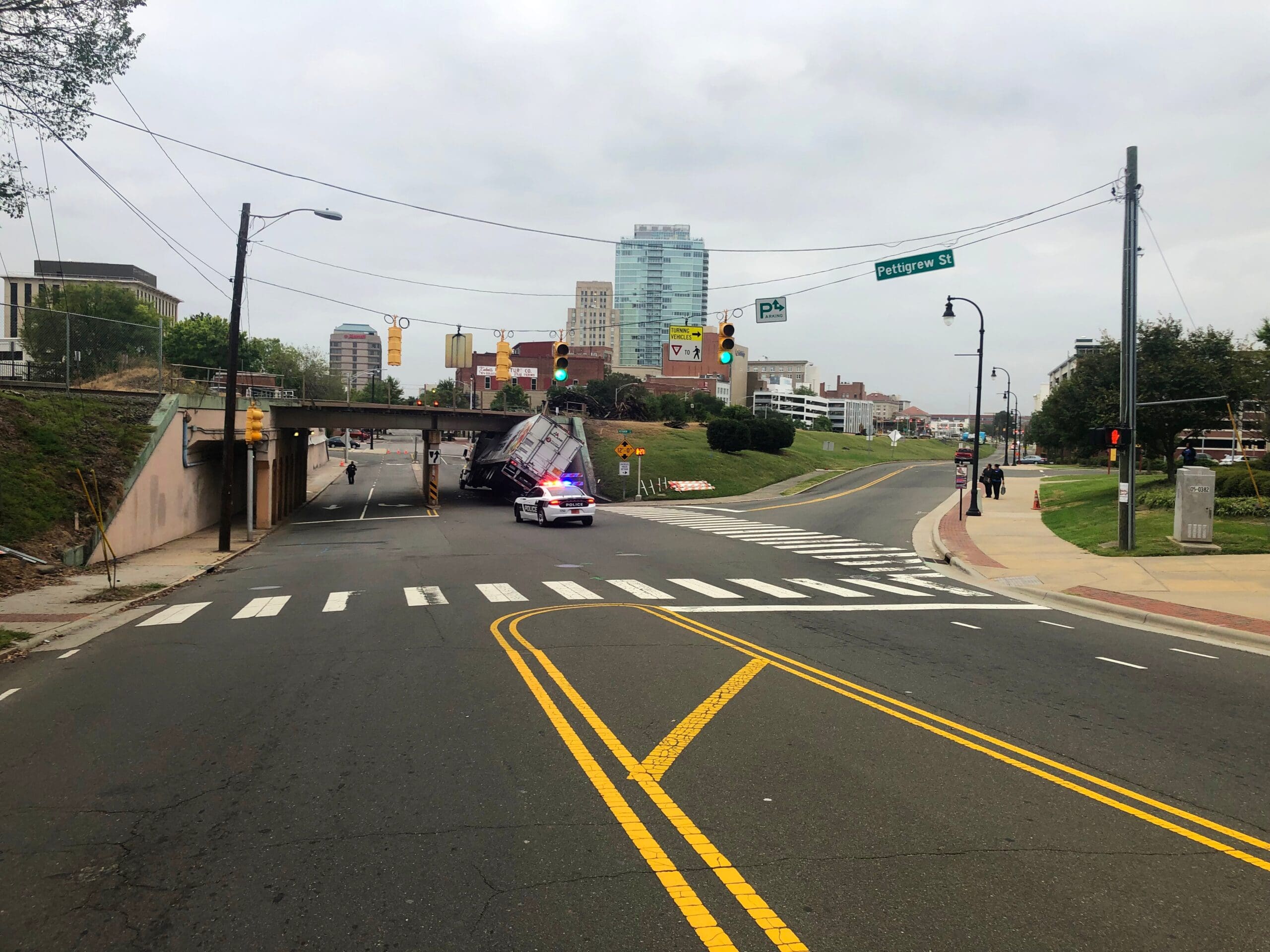How to File an Injury Lawsuit in New York
You can start a lawsuit to seek compensation for injuries that were caused by the negligence of another party.
Every personal injury case will be distinct and it's impossible for us to predict how the case will last.
However, there are a few typical legal landmarks you should be aware of as the case moves through the system.
The Complaint

A lawsuit starts with a legal document dubbed the Complaint. It describes your legal rights and the damages you are seeking, and the way in which the defendant(s) caused your injuries. It also contains the request for a trial date.
The complaint is filed with the court and served to the defendants. The defendants have a deadline to file an answer or a response. In this response, they will deny the allegations and state their defenses. At this moment, your attorney could also add a counterclaim or a third-party defendant.
Your lawyer will support their argument by citing current law (including laws, decisions, and other cases from the courts in which your case is being handled in addition to cases from other jurisdictions). This helps the judge understand why you believe the defendant is responsible for your injuries.
Then, we'll prepare an Bill of Particulars. It is an official document that lists the injuries you sustained and their total expense, including the cost of medical expenses, lost wages and other financial losses. We'll also prepare a demand for relief that provides the compensation you are seeking. The demand is dependent on the medical treatment you received as well as other evidence that you have provided to your attorney. During the discovery phase, which is the reason for most of the duration of the lawsuit, we and the defendant will exchange information using a variety of legal tools such as interrogatories, admissions requests and requests for the production of documents. We may also request depositions of doctors and experts.
The Claim Notice
New York law imposes special rules for lawsuits against municipalities and other government entities. These rules contain strict deadlines for filing an action, as well as strict statutes that limit the time that a lawsuit may be filed. injury attorney louisiana is crucial to consult an experienced injury lawyer in these instances.
The first step to filing a claim against a municipality or government entity is to submit a Notice of Claim. This document must be filed in writing and notarized. It identifies the individual who is making the claim. It should also contain enough information about the accident or incident to notify the city agency who is responsible for the injuries, damages and losses. It also details the amount of the claim.
When the City receives this claim it will acknowledge receipt and assign a claim number to it. A Comptroller's Office examiner will be assigned to investigate the claim. They may ask for additional information from you, or from other sources. If you contact the City regarding your claim, the city will ask you to provide your claim number and the name of the investigator assigned to your case. The examiner will determine whether the City is accountable for your damages and, if it is then what amount you are entitled to under the law. If you're unable to reach an agreement with the city the case will go to trial.
The Discovery Phase
The Discovery Phase is an important element of any lawsuit because it allows you to gather details and evidence about the other party. It can be done through many different ways which include written requests (called "discovery letters") and subpoenas. This process of discovery will assist you create an argument that is convincing and succeed in proving your case.
The first step of the discovery phase is analyzing the current market conditions. This is carried out by a skilled team of project managers who study the market and its competitors to determine the most current trends, as well as the best solutions for your app.
This research involves interviews with all stakeholders that can help in the success of your project. This includes the owners of the product and administrators, as well as end-users, investors and users. This information will assist you and your team to determine the primary goals of your project, and how to determine the success of your project.
A properly conducted discovery phase will save your time and money. It will decrease the amount of changes required to the final product, avoid confusion and provide you with an official scope of work document that will help your software vendor estimate the development process accurately. This will help you avoid the pitfalls of a poorly-defined project budget and launch delays.
